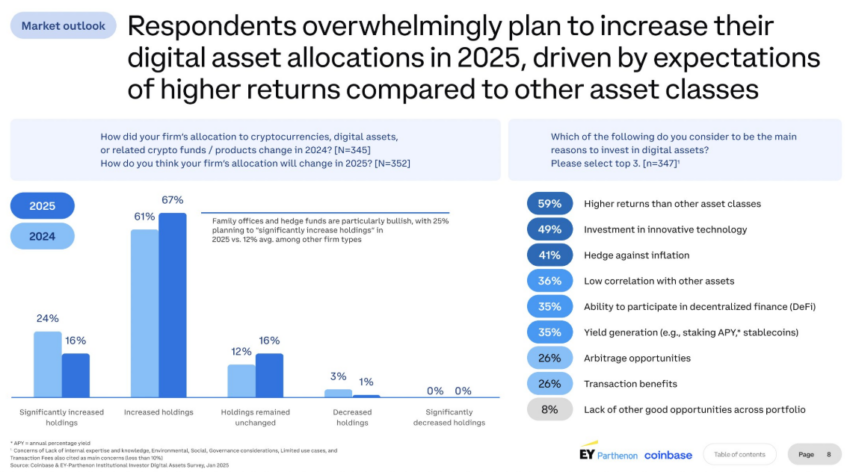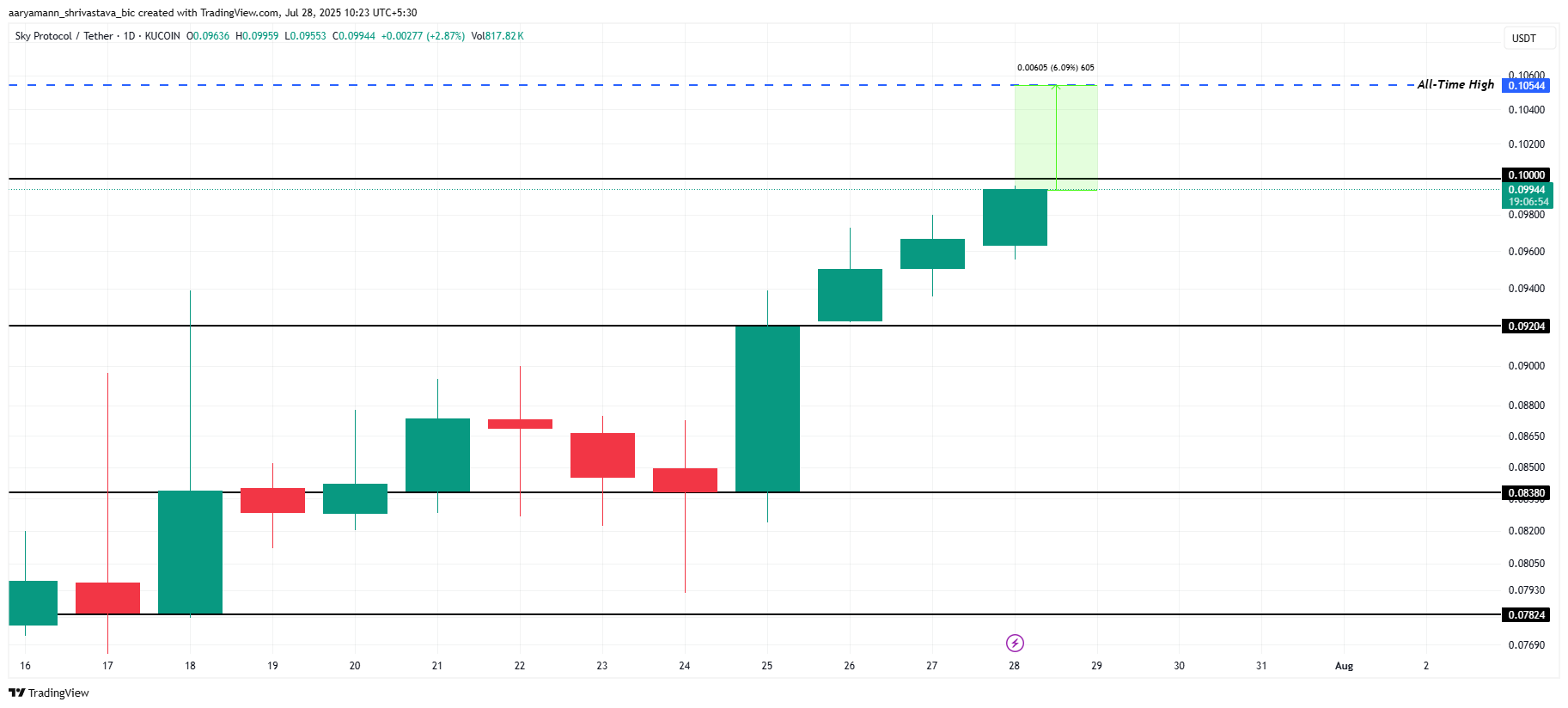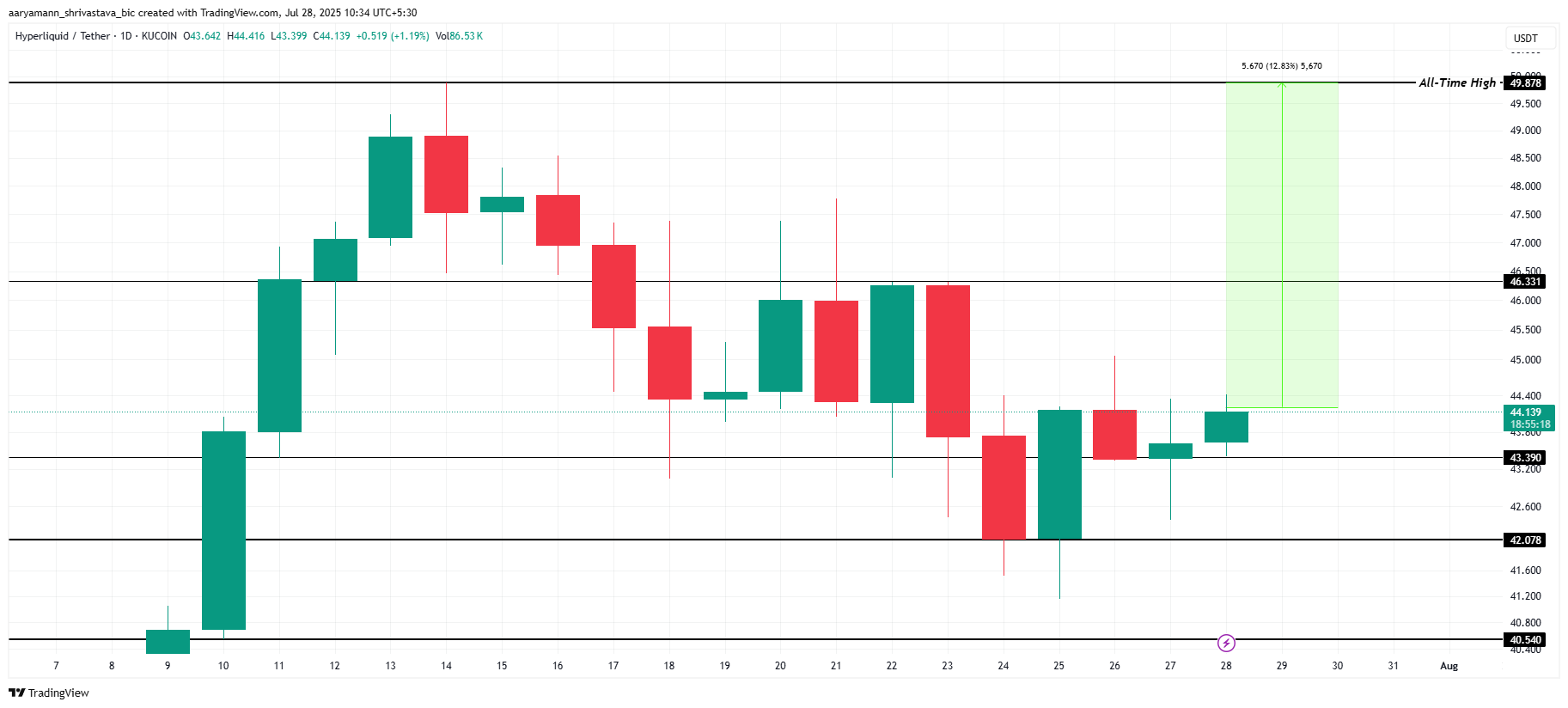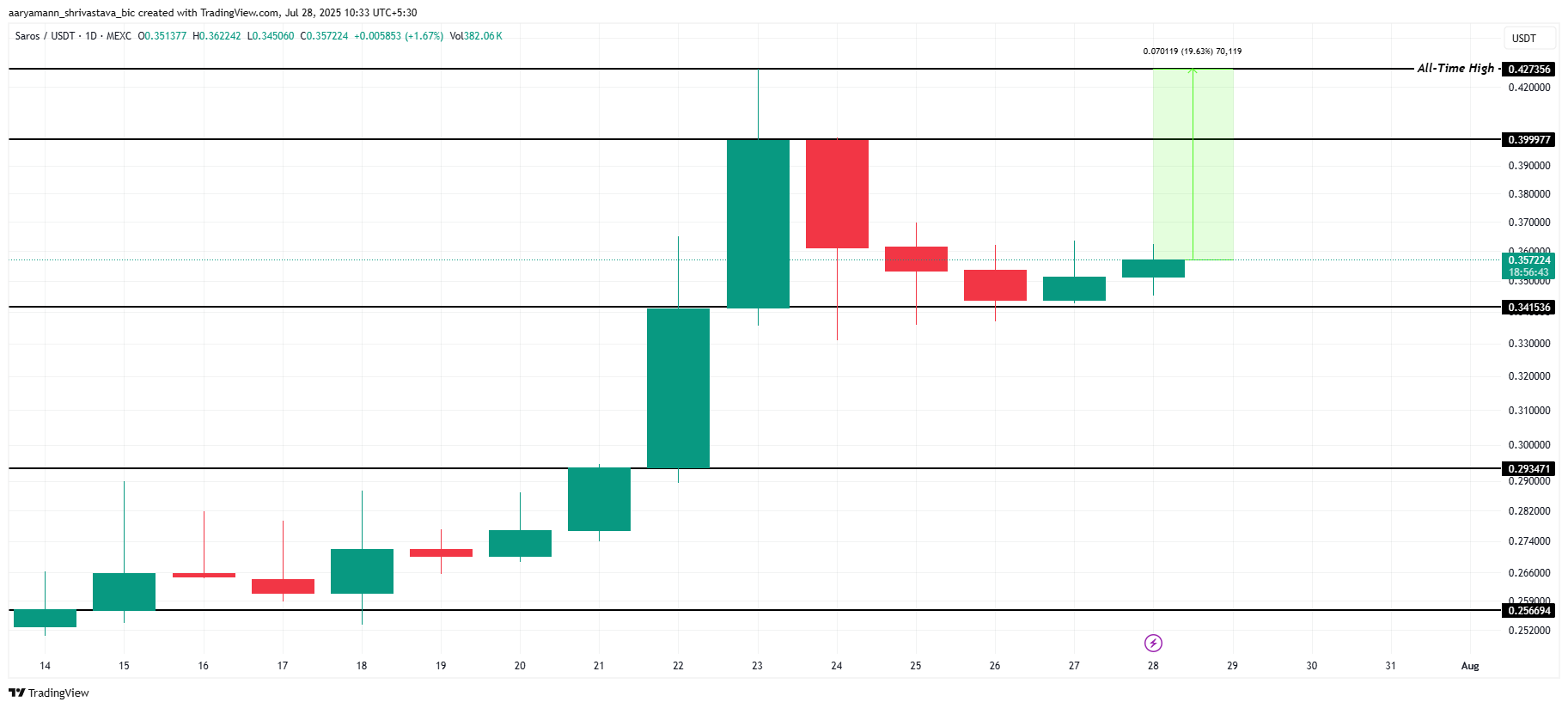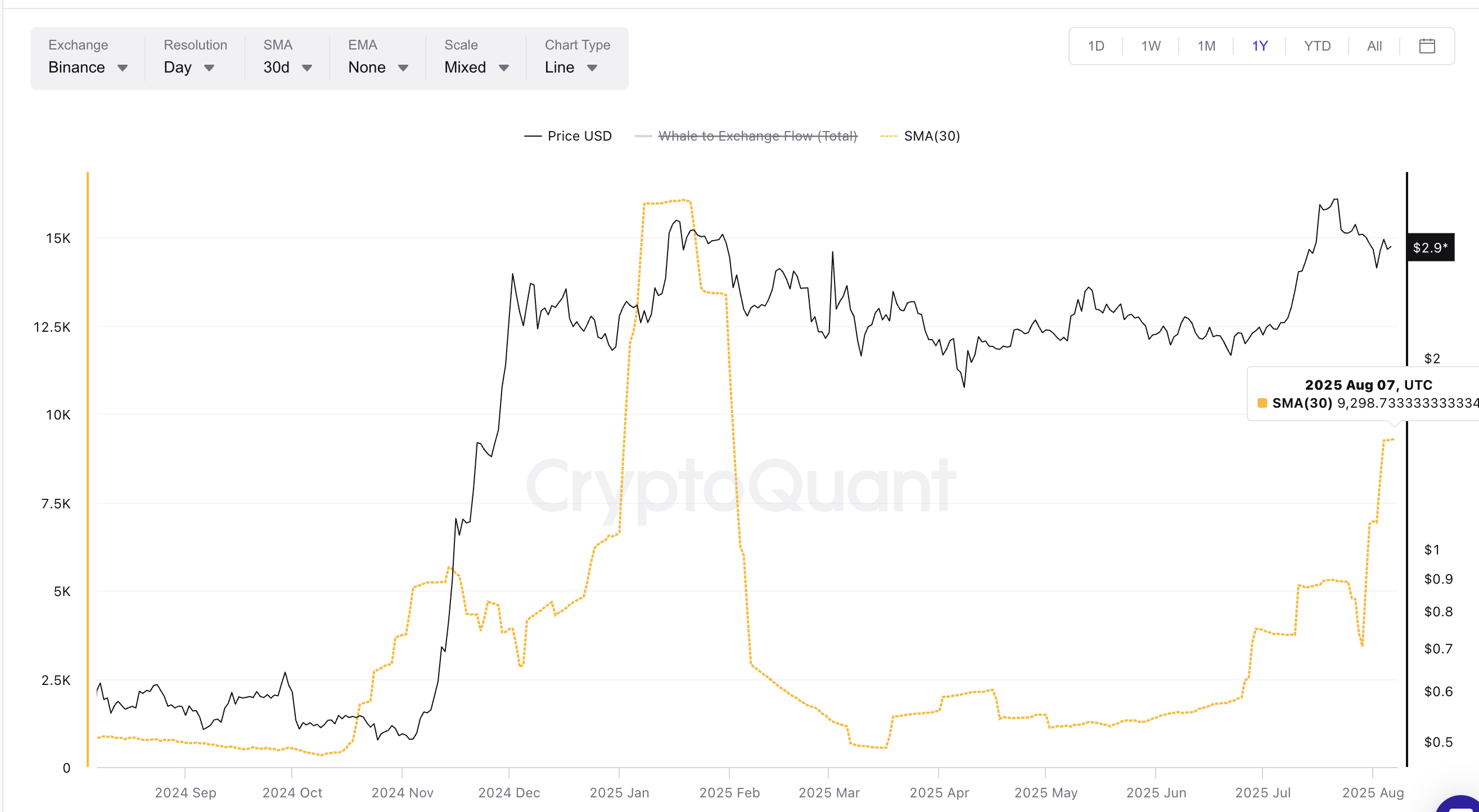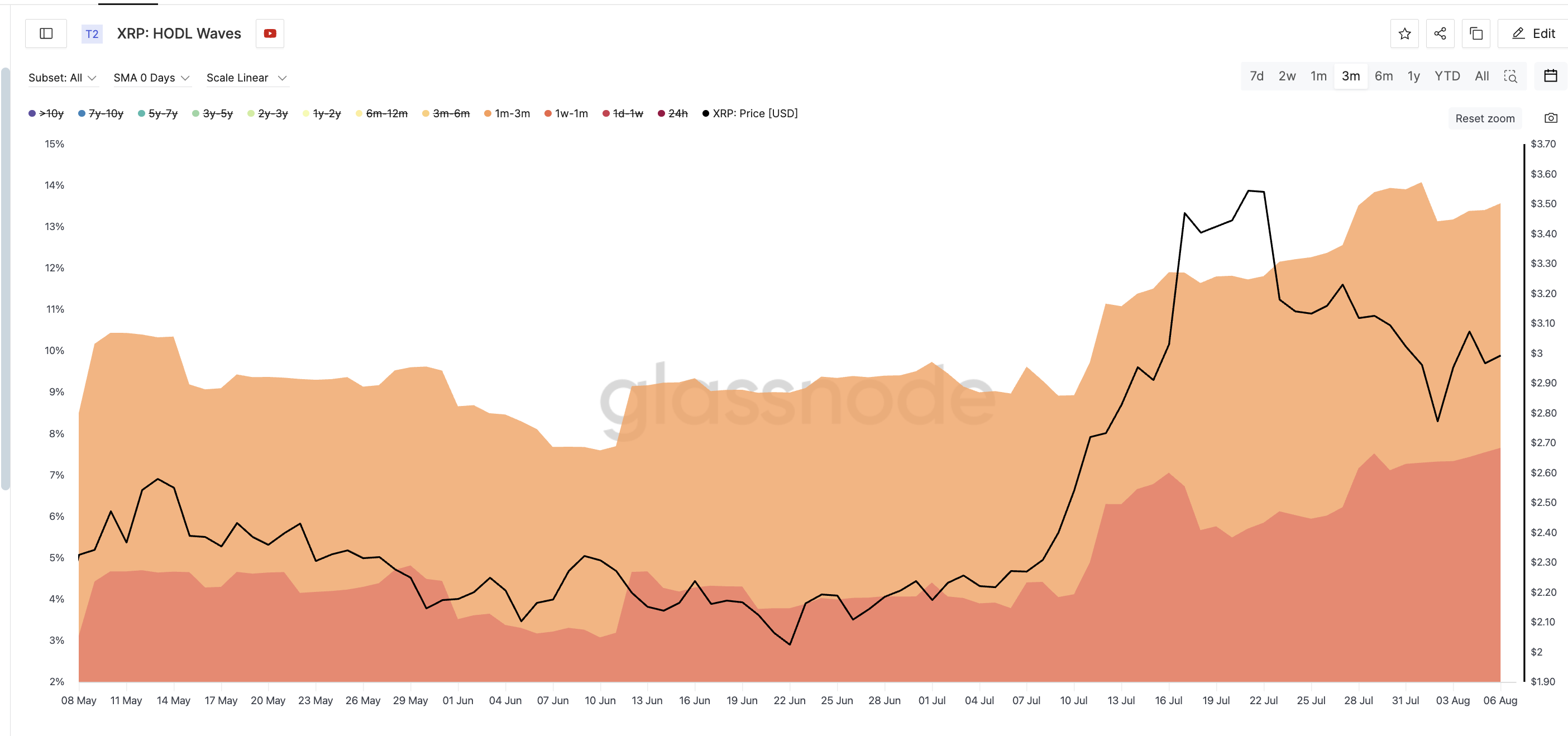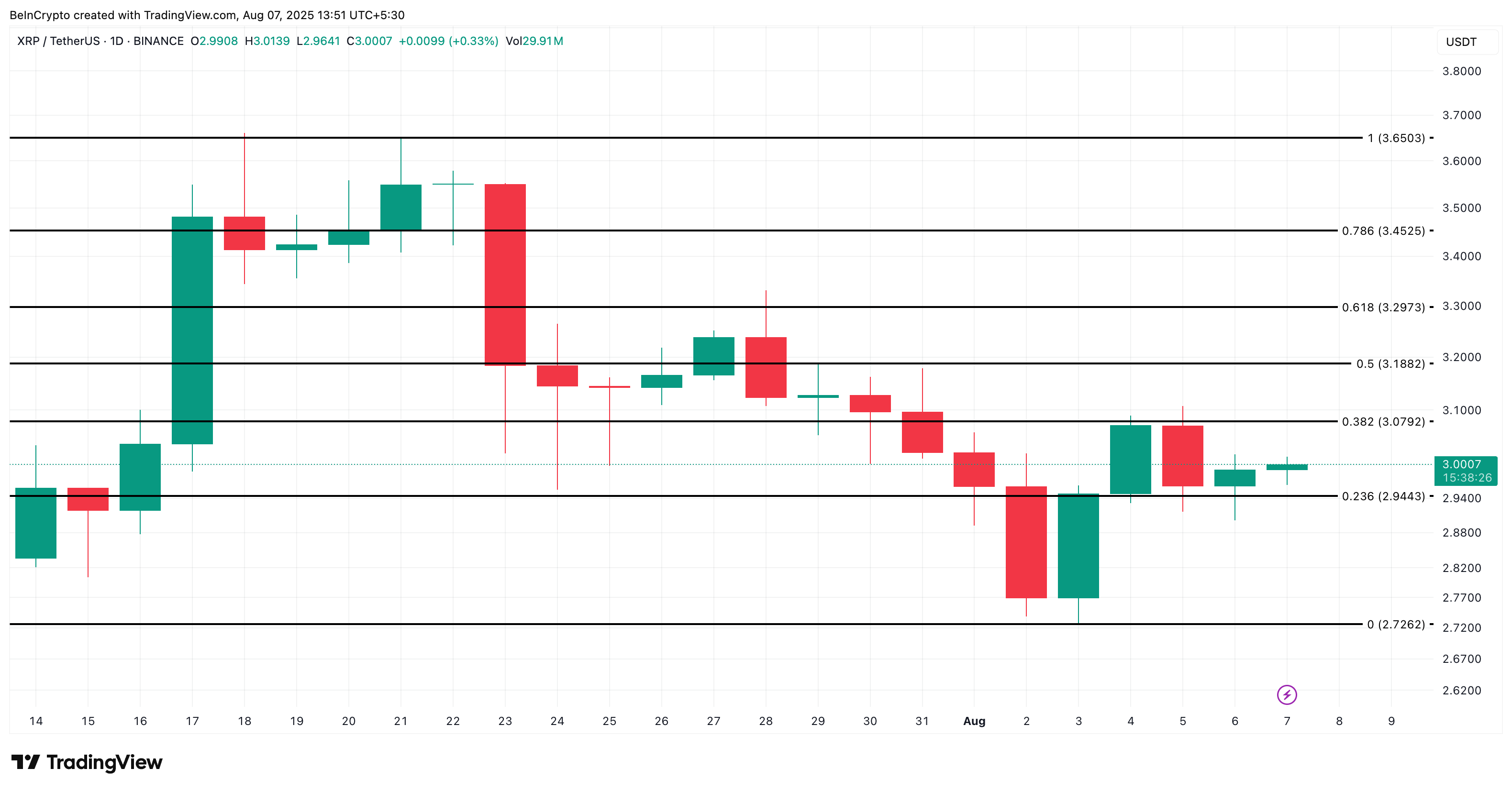Mayer Mizrachi, Mayor of Panama’s capital city, recently discussed Bitcoin’s positive transformative impacts on his country at a major conference. He proposed accepting BTC payments as fare to use the Panama Canal among other growth strategies.
Ultimately, one mayor’s office isn’t capable of transforming a nation’s economic prospects alone. However, Mizrachi demonstrated concrete ways that small acts of Bitcoin adoption can build on each other.
Mizrachi Brings Bitcoin to Panama
Over the past few years, Panama has made several attempts to reform its Bitcoin policies, but these efforts repeatedly stalled out.
However, Mayer Mizrachi, the mayor of Panama City, has been attempting to innovate once again. Much like El Salvador, Panama is a nation that uses the US dollar as its legal tender. Mizrachi detailed a new approach to changing that:
“What we created was a roadmap for how cities can embrace Bitcoin regardless of national law. You can build the building blocks, so the central government can copy what you’re doing after it’s proven. 70% of [Panama’s] GDP is in my city. Whatever my city does, it makes waves around the country,” Mizrachi claimed.
Mizrachi talked about his initial plan to accept Bitcoin for municipal tax payments. In some ways, this strategy had major limits, as the city was required to exchange all this BTC for USD. This has been a springboard for Panama’s largest banks needing to deal in Bitcoin.
Already, Mizrachi has advised other mayors in the region how they can start similar initiatives. This limited project was an easy way to transform Panama’s entire Bitcoin ecosystem from the limitations of one mayor’s office.
Still, Mizrachi acknowledged that comprehensive adoption will require much more political buy-in. He commented that BTC could hypothetically be used to accept fare payments through the Panama Canal, but the US might object to this plan.
In other words, Panama’s BTC integration relies on one key factor: an active DeFi ecosystem. Mizrachi praised Nayib Bukele, who transformed El Salvador into one of the world’s largest Bitcoin holders.
Panama could also begin accumulating a Bitcoin Strategic Reserve, but more importantly, it must build connections with other regional crypto supporters.
That is to say, Panama City’s mayor doesn’t have the power to change Bitcoin’s position on his own. However, Mizrachi sees his work as proof of concept.
He detailed the economic opportunities that crypto can bring to Central America and reminded us that a better future is possible. Dedicated advocates can create powerful change with smaller actions.
The post Panama City Mayor Details Long Road to Bitcoin Adoption, Proposes BTC for Canal Fare appeared first on BeInCrypto.




